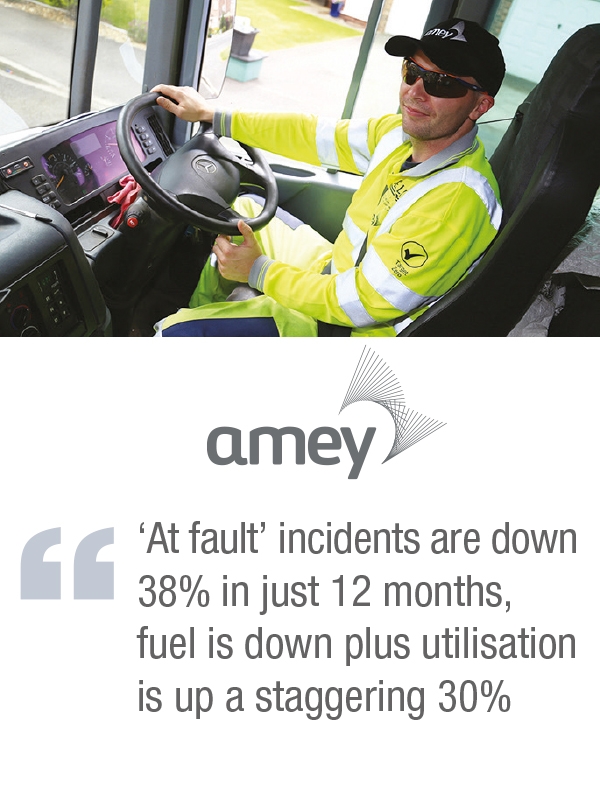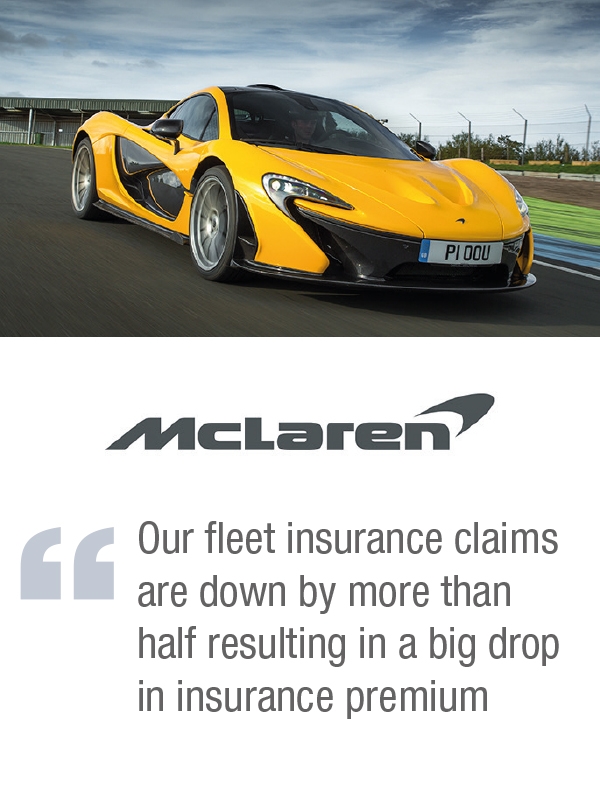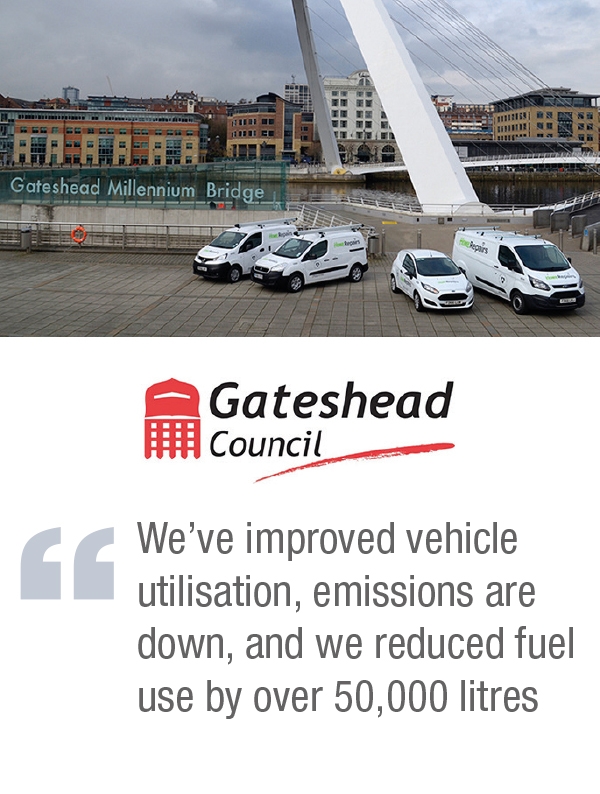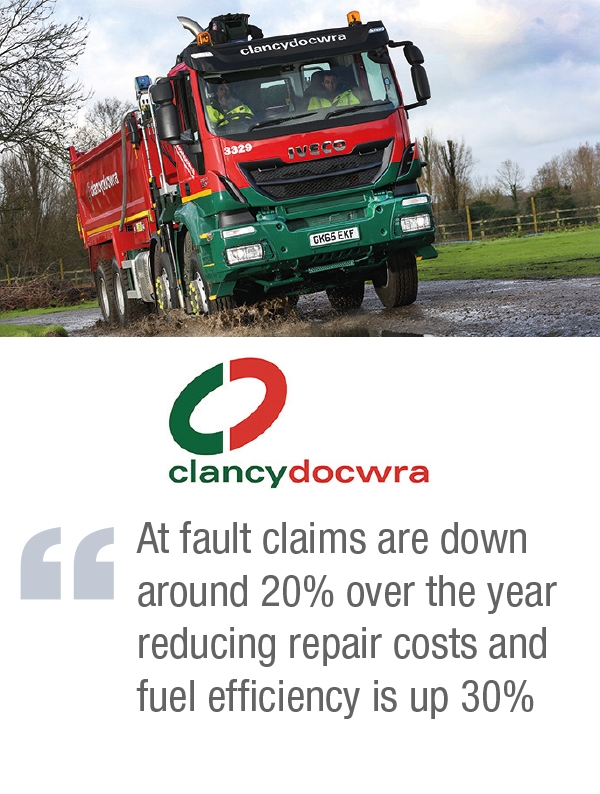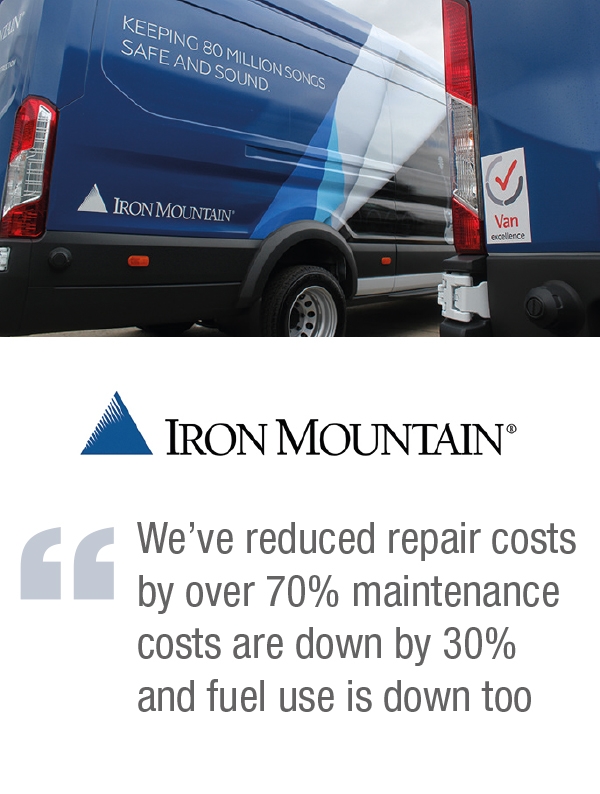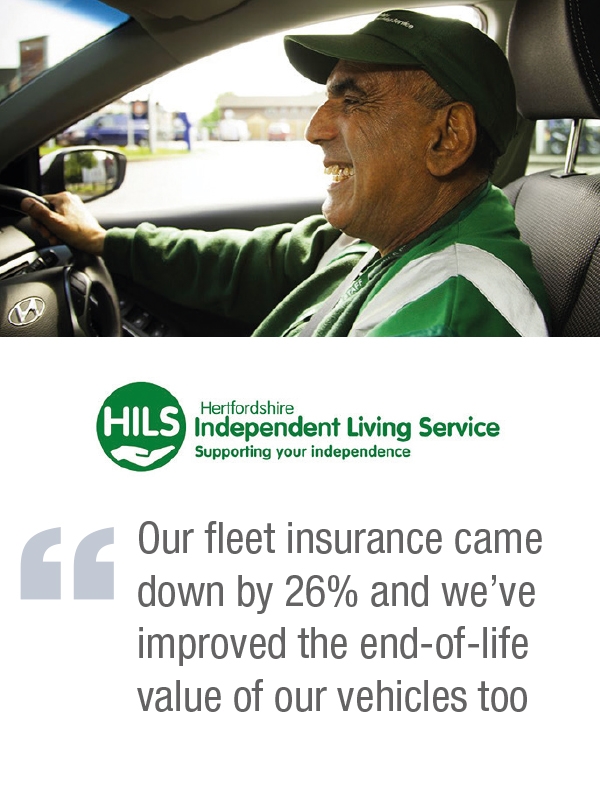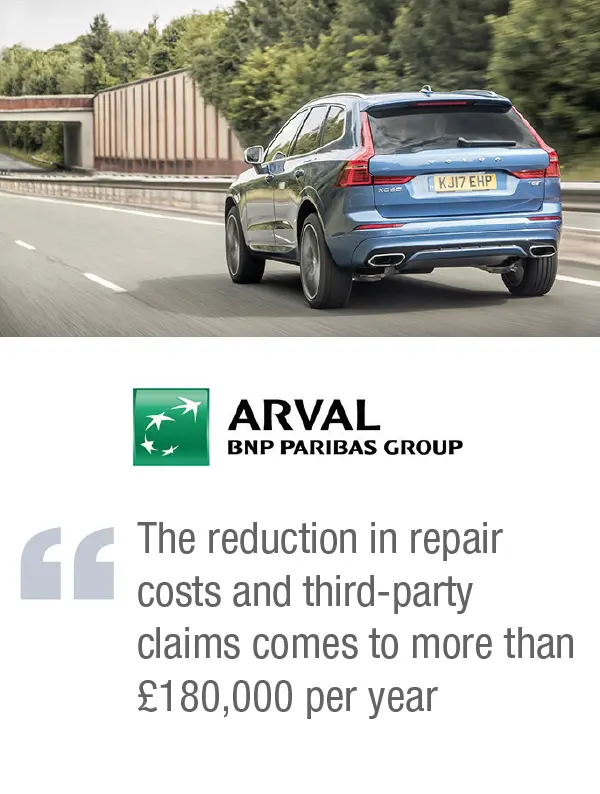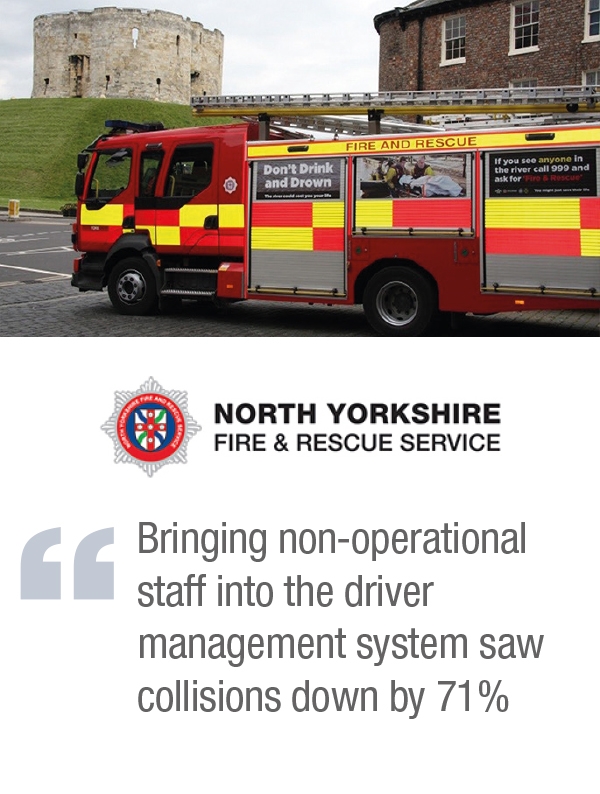
It is essential that all owners, directors and managers, in any business that uses vehicles, are fully aware of the need to effectively manage the people who drive or maintain those vehicles.
Share this page with your colleagues
Driving for work is one of the highest-risk activities that most employees undertake. It is also a significant cost to the business. Employers that manage this issue well have peace of mind that they are legally compliant, are regarded by staff as better places to work, and perform at a much higher level of efficiency than those that don’t.
Put simply, it is Better Business!
What laws are applicable?
Driving for work activities are covered by many different pieces of legislation that cover the company, its directors, staff and drivers:
- Health and Safety at Work Act
- Management of Health and Safety at Work Regulations
- Corporate Manslaughter and Corporate Homicide Act
- Health and Safety Offences Act
- Road Traffic Act 1988
- Road Safety Act 2006
- Road Vehicles (Construction and Use) Regulations
- Carriage of Dangerous Goods Regulations
Put simply, in order to comply with all this legislation:
- The company must not do anything that puts drivers at risk.
- The company’s work-related driving activities must not endanger other road users.
- Directors must put appropriate policies and procedures in place to ensure this is so.
- All employees must follow those policies and procedures at all times.
- Drivers must follow the guidance in the Highway Code.
Try not to view this process as ‘red tape’ or a hinderance. Managing your drivers and vehicles well can bring significant financial benefits as our Business Champions have shown.
What does this mean for me and my business?
In essence, these laws require the following actions:
- The employer must conduct a written risk assessment of all business activities and this includes where employees drive for work. This should look at assessing management and control procedures for driving at work, driver eligibility and competence, vehicle suitability, vehicle maintenance, and journey planning. Use our free online gap analysis tool
- A plan of control measures must be put in place to minimise these risks. A safe driving policy should be developed that ensures consistent application and monitoring of these control measures. The plan and policy must be owned by a named director (or equivalent) of the organisation. Examples include checking all driving licences to ensure eligibility and medical fitness, and ensuring any employee using their own vehicle for work journeys has the correct insurance cover that includes business use.
- The policy must be effectively communicated to all managers and staff within the organisation whose roles may be affected by the risks and control measures. This is often done via a policy document or business driver handbook. Good practice would include a statement from the MD or CEO to reinforce top-level support for the safe driving policy.
- It is vitally important that ALL drivers and vehicles are included when addressing risks and control measures. This includes those employees who may, however frequently or infrequently, drive their own vehicle or a hired vehicle for work, as well as those in company cars and vans, and also any unusual tasks such as driving specialist vehicles, towing, heavy loads or carrying dangerous goods.
- All employees, including directors, managers, drivers and admin staff, must follow relevant policies and procedures fully, and at all times. For example, if there is a policy in place that restricts the use of a mobile phone whilst driving, office-based staff must not then call an employee, in contravention of that policy, whilst they are driving.
- Directors and management must not take actions or make decisions, that put drivers and other road users at risk, for example by the setting of unrealistic work schedules that may encourage drivers to drive at excessive risk or for long hours without rest.
- Drivers must comply with the Highway Code and road traffic law at all times and not put themselves or other road users at risk, for example by speeding because they are late for an meeting or delivery.
Running company vehicles can be an expensive business, but often in ways you didn’t realise. According to the International Loss Control Institute, for every £1 an insurer pays out, the uninsured losses can be as much £8 – even as high as £50 for a serious incident where the company suffers reputational damage. On top of that you’ve also got increases in operational costs where the link to poor driving or poor management may not get picked up.
OBVIOUS COSTS
Insurance Excess
Every time one of your drivers has a collision, however small, it costs your business money. Any time you have to claim against your insurance there’ll be an excess to pay, usually around £500, which takes money directly out of your cashflow and profits.
Increased Insurance Premium
A few too many of these incidents and your annual insurance premium could start to rise dramatically. With the average cost of a car repair following a collision now well over £1600 having risen by a third in the last three years, businesses with a poor driving record can end up paying hundreds, even thousands of pounds more than they should for each vehicle, EVERY YEAR. Poorly managed fleets can pay x5 times more per vehicle than a well run fleet, sometimes even higher.
Leasing Penalties
Even if you haven’t claimed on your insurance, you might be paying for the damage in other ways. Do you see the bills when your vehicles go back to the leasing company? The bill for a single kerbed alloy wheel can be hundreds of pounds. Add another, and maybe a cracked bumper and you’re into thousands!
Reduced Resale Value
If you buy your cars or vans outright, then the reduced resale value of a poorly cared for vehicle means more money is needed for a replacement.
HIDDEN COSTS
These are the costs many businesses simply don’t see
Reputational Damage
A serious collision, or regular reports of poor or inconsiderate driving can quickly develop into a serious reputational problem and loss of business.
Staff Absence
Staff absence is the biggest hidden cost to business following a collision. Whether it’s a spurious ‘whiplash’ claim or something more serious, this lack of productivity can really harm the business.
Replacement Vehicles and Staff
Following a collision, the vehicle may be off the road for repairs so you might have to hire a replacement vehicle to ensure business carries on as normal.
In a more serious collision, you might find the driver is also injured and you need to get a temporary worker in to replace them, especially for deliveries.
Management and Admin Time
Someone has to ring the insurance, sort the claim, arrange repairs and replacement vehicles and deal with the HR issues. It all takes a lot of time!
OPERATIONAL COSTS
Poor driving and poor management of drivers can really increase your operational costs. Many employers simply put these down as the cost of doing business… but are they really? Effective monitoring and management can soon bring them down.
Many fleet now have telematics systems fitted to their company vehicles – computers that record data about the journey such as speed, driving style and fuel economy. This data allows them to clearly see the effect poorly managed drivers have on operational costs:
Collisions
Drivers guilty of repeated hard acceleration and harsh cornering or braking are x3 times more likely to have a collision and the cost of that collision is likely to be x3.5 times higher. That means a handful of drivers can be responsible for 90% of your claims costs.
Servicing and Maintenance
Those same drivers will go through tyres twice as quickly and cost your business x3 times as much in routine servicing and maintenance.
Fuel
Your worst performing drivers are also likely to use half as much fuel again and kick out more emissions. Fuel can be one of the biggest operational costs with many businesses spending in excess of £1 million per year.
Mileage Claims
Even those drivers who use their own cars for work and claim back the business mileage could be costing you more than you think with some drivers simply rounding journeys up while others have been known to claim for entirely fictitious journeys. Overclaiming can be as high as 25%.
Our Driving for Better Business Champions manage their drivers and vehicles well so they can reduce the costs, and they share their stories to inspire other employers to do the same.
